We all know the stats about kids and musical instruments: Those who learn to play at a young age perform better in school, score higher in math and English tests, and may even be more successful in life than their non-musical peers. Those are some pretty powerful motivators to get your little one started on a violin or piano—pronto.
For these reasons, many parents are deciding to jump-start their children’s musical education earlier than ever before. Some moms start as soon as pregnancy, actually singing to their unborn child, or playing Mozart near their belly in the hopes of inspiring a little maestro. (While there’s no proof that babies who experience music in utero will develop better pitch or an appreciation for Chopin, studies have shown that fetal heart rates relax when expectant moms listen to soothing music, which is a benefit in itself.) By the time most kids reach grade school, they are being encouraged to pick up an instrument or start voice lessons.
If you want your kids to reap the benefits of an early musical education, when should you start, and how can you make the learning fun and productive?
Embrace music at home. It’s been proven that kids who grow up in households where there are a lot of books will most likely love to read, and the same logic can be applied to music. By exposing your child to a diverse range of music, you can foster a love and appreciation of it, and perhaps a greater capacity to learn it. According to Jessica Baron Turner, author of “Your Musical Child: Inspiring Kids to Play and Sing for Keeps,” even infants are able to perceive and mentally organize music and detect slight differences in pitch, so singing to your baby and helping her mimic fun sounds with her hands and mouth can get her off to a good start. As your kids grow older, play different genres of recorded music, such as classical, jazz and your favorite rock and pop, and take them to hear live music. As a toddler, my daughter loved to listen to Raffi’s beautiful children’s songs every time we got into the car, but I made sure she also got a good dose of Thelonious Monk, U2 and Chaka Khan. When your children enter grade school and begin formal music training, support them by taking up an instrument yourself. Although it’s not fun playing Old MacDonald when you’re a grown-up, the mere act of sitting down to play — and make mistakes — can inspire your offspring. If you already know how to play an instrument, brush off the cobwebs and jam with your budding musicians. Or initiate a family sing-along. The idea is to show your kids how much fun it is to make music.
Know when your child is ready. Once your little one has outgrown banging pots and pans on the kitchen floor, consider enrolling him in a mommy-and-me music class such as Kindermusik or Music Together, which introduce toddlers to basic rhythmic patterns and creative movement. By the time they reach preschool, children can participate in group lessons that acquaint them with basic instruments. Some musically motivated 3- and 4-year-olds can strum ukuleles or play simple keyed instruments or percussion. By age 6, Turner writes, “most kids have developed enough coordination, self control and focus to participate in instrumental music lessons,” and can start to read music, count and play rhythms in meters of three and four beats. By age 7, most are able to start ear training, participate in private musical instruction or classes, and explore basic music theory. To see what music educators recommend kids learn at each grade level, check out www.menc.org.
Choose the right instrument. According to Turner, most children start off with a “gateway instrument” such as piano, recorder or guitar “that will help them fall in love with making music while they acquire some general knowledge and basic skills.” As they get older, they may decide to switch to another instrument, or add related instruments to their repertoire. When helping your child in her selection, consider her size, physical strengths, musical tastes and personality. For example, violinists must possess a strong sense of pitch to be able to play in tune, flute requires discipline and patience for developing tone, and cello requires strength and power. During the selection process, take cues from your child. If your son likes to bang on the table with his chopsticks, drums are in order. If your daughter spends hours in front of a mirror singing into a hairbrush, she may want voice lessons.
Find the right program or teacher. When deciding on a program, ask yourself what type of program best suits your child’s personality and goals, as well as your family’s lifestyle. Group lessons are more affordable than private, but some programs, such as the famed Suzuki Method, which requires parent participation, are more structured and demanding than others. If you decide to hire a private teacher, Tuner suggests someone with a master’s of arts degree in music or music education, and someone with good interpersonal skills, emotional sensitivity, and a genuine love of teaching children. Your gut reaction to a candidate is important, so don’t be afraid to listen in on lessons, ask your child how she feels about the experience, and ask the instructor for progress reports. As your child matures and becomes a more advanced player, he may be able to tolerate a “tough love” teacher, but an instructor who becomes frustrated when a pupil makes mistakes can be discouraging. A good teacher, writes Turner, is one who gets kids so excited about making music “that their inner critic automatically shuts off and their inner creator takes over.” If your child feels accepted and is encouraged to take creative risks, he will. And his lifelong love of music will begin.

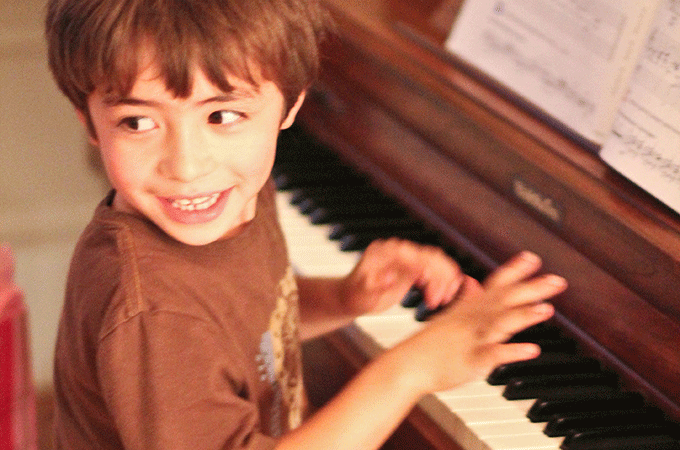
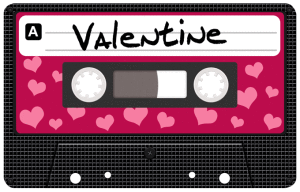
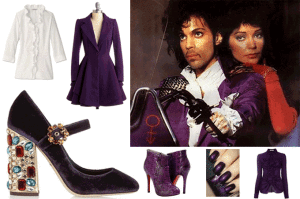

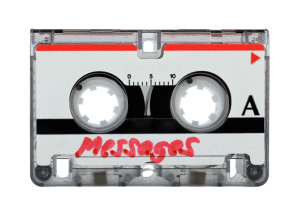


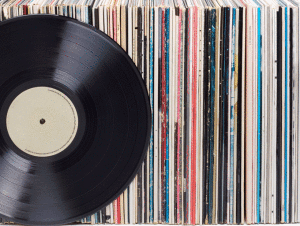





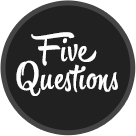

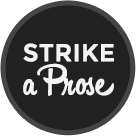










2014/05/16 at 5:42 pm
Great article!